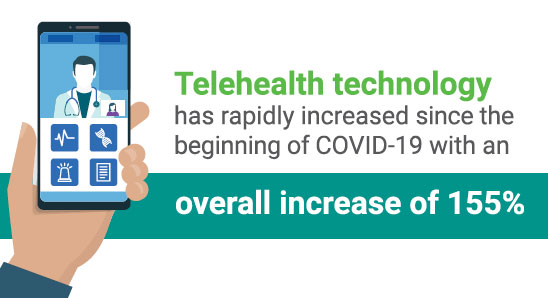Due to massive shifts taking place in healthcare consumer behaviors, health systems are looking for ways to effectively respond to current and future patient needs. In doing so, a hospital can further leverage their strengths to expand across the care continuum and position themselves ahead of industry disruptors and other competition.
Below are three key areas where health systems can respond to shifts in consumer behavior around post-acute care:
- Expand services to influence more of the continuum and deliver it conveniently
Health systems that influence quality of care across the continuum are better positioned to avoid the penalties of readmissions, manage clinical outcomes post-discharge and improve patient satisfaction. Moreover, health systems that have high-volume service lines with strong post-acute collaboration have the opportunity to dive into their data and consider where they can build out their service offerings to sustain positive outcomes achieved in the acute-care setting.
Co-locating services such as acute inpatient rehabilitation, long-term acute care hospitals (LTACHs) and behavioral health services on the same campus not only eliminates the need for transfers but can also provide access to more medical expertise, intensive therapy and advanced nursing coverage, all of which can improve outcomes and reduce length of stay – a key point of convenience for many patients. - Invest in digital patient engagement technology and telehealth
Health systems are in a unique position to develop strong communication platforms that offer family education, discharge planning and ongoing insight into a loved ones’ condition. Leaders should seek solutions and partners that can help provide a digital, mobile-friendly experience for family members, offering real-time sharing of outcomes, coaching and education.

COVID-19 has also highlighted how telehealth can offer additional expertise and support. Health systems should consider how they can leverage clinicians across their health system or at partner organizations for virtual consults that expedite and improve care - Align your organization with the priorities of referring providers and their patients
Health systems need to keep up with the rapidly changing priorities of both clinicians and patients. Highly-trained clinical liaisons and quality improvement staff can help ensure health systems are closely collaborating with clinicians and are aware of where improvements need to be made.
Health systems should also consider the importance of using the latest technology that can aid in recovery, including robotic exoskeletons. These devices are becoming increasingly important as the prevalence of stroke, brain injury and other neurological disorders are growing—surpassing the Medicare population growth rate.

